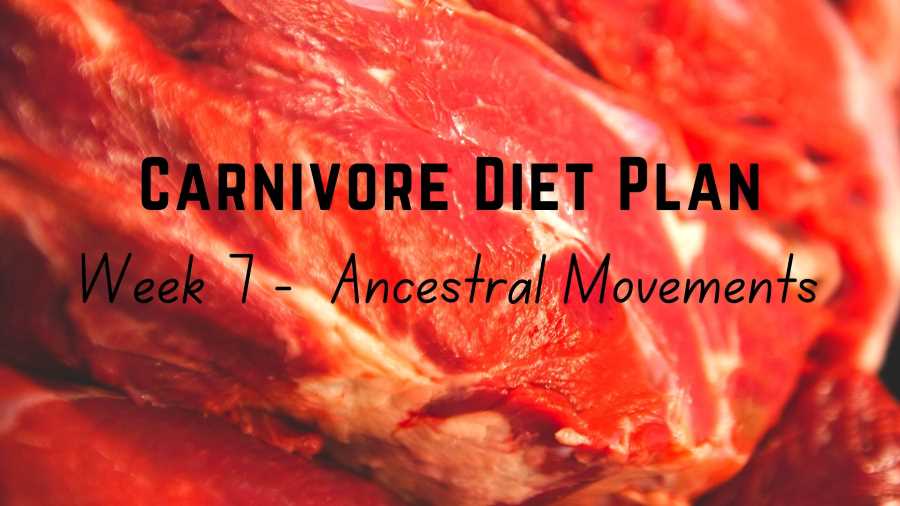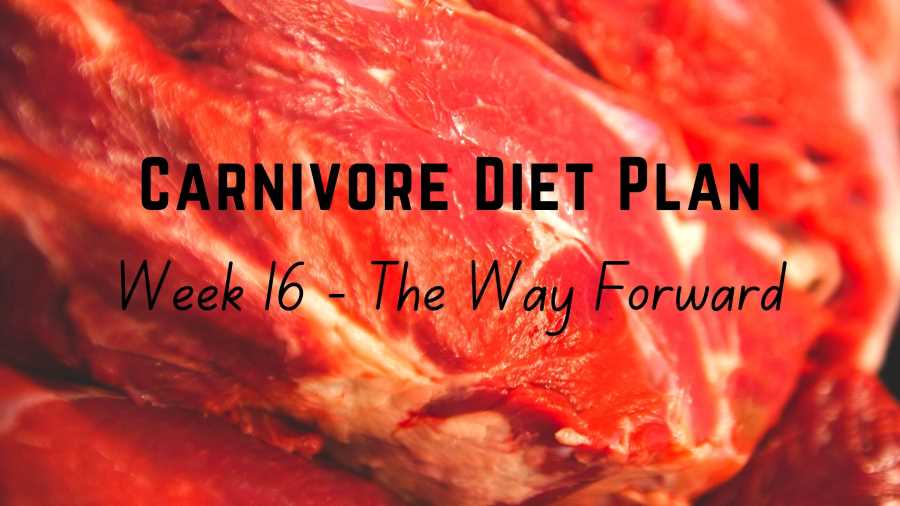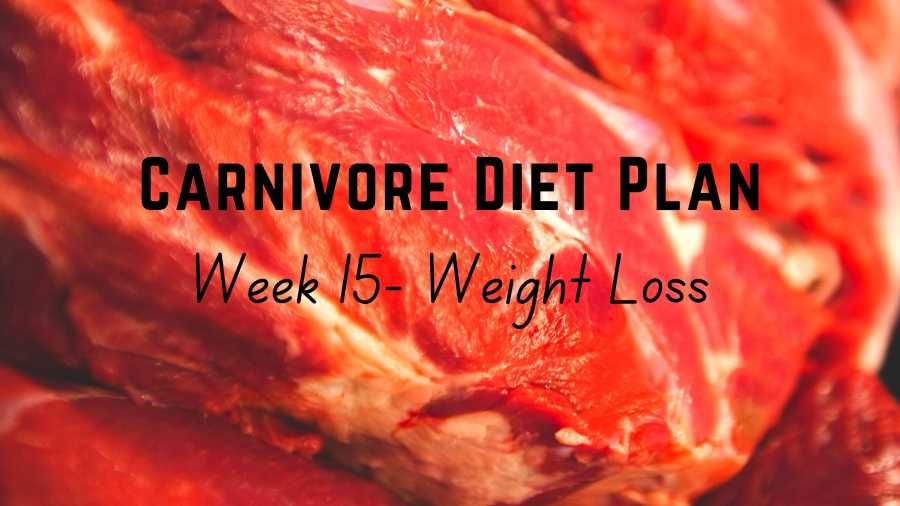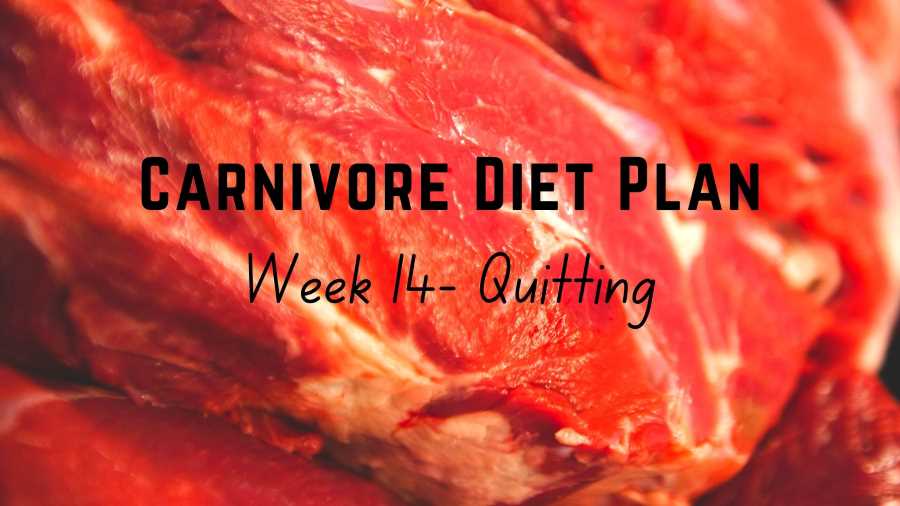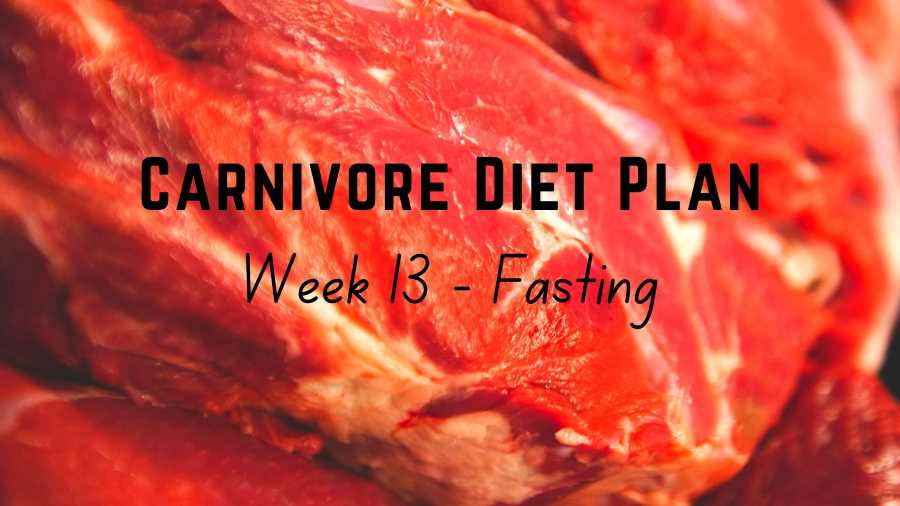For millions of years, our ancestors spent most of their time outdoor being physically active in order to survive. The majority of us today, however, spend most of our time indoor being sedentary.
This week’s focus is on incorporating lots of ancestral movements into your daily life.
If you have been adhering to the carnivore diet for the last 6 weeks, eating only ruminant meat and organ, I hope you are experiencing a lot of health improvements already like better mood, weight loss, and improvements in existing health problems.
However, exercises and general physical movements have so many health benefits too, from reducing stress, improving your mental health, preserving muscle mass, improving sleep quality, promoting general wellbeing to maintaining a healthy weight.
Therefore, though technically not part of a carnivore diet, being outdoor and physically active is part of the ancestral lifestyle and I want to incorporate it into this carnivore diet plan. You will be a much happier and healthier person for it.
The two real magic pills, in my opinion, are a carnivore diet and an exercise program stimulating an ancestral lifestyle.
If you think you’ve already got the exercise part covered, please go straight to the next week of the program.
Characteristics of our ancestors’ lifestyle
It is estimated that for about 2.4 million years or 84,000 generations, our ancestors lived an active outdoor lifestyle. [1]
They had to spend a large amount of daily energy expenditure on activities such as food and water procurement, social interaction, escape from predators, and maintenance of shelter and clothing.
The human body, therefore, has been genetically adapted to this active lifestyle through millions of years of the evolutionary process.
The agricultural revolution (350 generations ago), the industrial revolution (7 generations ago), and the digital age (2 generations ago) have resulted in a marked decrease in the amount of physical work most of us need to do.[2]
For most people in the Western world today, a sedentary lifestyle has become the norm. Our work involves sitting long hours at our desks. We also use a lot of labor-saving devices at home to help with our daily chores. Most of us drive or use public transport rather than walking or cycling. Many of our leisure activities involve being sedentary. Our lifestyle couldn’t be further away from our ancestral roots.
The combination of a diet high in calorie-dense and nutrient-void food and an indoor sedentary lifestyle is a major contributing factor to numerous modern-day health problems such as obesity, diabetes, hypertension, cancer, and poor mental health.
The answer is clear, we need to find a way to imitate our ancestors’ lifestyle and incorporate as many movements as we can into our daily activities.
Let’s have a look at the characteristics of a hunter-gatherer lifestyle as a proxy for our ancestors’ lifestyle. This will serve as a template in designing our exercise and physical activity program.
Characteristics of hunter-gatherer lifestyle
According to O’Keefe et al (2010), typical hunter-gatherer activities include:[3]
- Carrying logs
- Running (cross country)
- Carrying meat (20kg) back to camp
- Carrying young child
- Hunting, stalking animals
- Digging (tubers in field)
- Dancing (ceremonial)
- Carrying, stacking rock
- Butchering large animal
- Walking at normal pace (fields and hills)
- Gathering plant foods
- Shelter construction
- Tool construction.
Hunter-gatherers spent many waking hours daily on physical activities necessary for their survival.
Hunter-gatherers would have alternated between strenuous days with less demanding days.
Although hunter-gatherer women were rarely involved in hunting, they were physically fit because they typically went out foraging to collect food, sourcing water and wood, and carrying their children for extended distances.
A fitness program based on a hunter-gatherer lifestyle
Based on the above characteristics of a hunter-gatherer lifestyle, a fitness program stimulating this lifestyle has the following features:[4]
- A large amount of light to moderate physical activities is required daily. These physical activities cover a distance in the range of 6 to 16 km
- An alteration between hard days and easier days to allow ample time for recovery
- Walking and running are done on natural uneven surfaces such as grass and dirt, not on concrete and asphalt surfaces
- Moderate to high intensity interval training should be performed once or twice per week
- Resistance training and flexibility building exercises should be done 2 – 3 times per week for at least 20 to 30 minutes per session
- Physical activities done with one or more partners can improve adherence and mood.
Boost accidental exercises daily
To create a fitness program with the above features, start by building up your accidental exercises daily. If you are an office worker, you will need to make a big effort in order to cover a 6 to 16 km distance a day.
If you had kept a physical activity diary as part of last week‘s program, you would be able to identify times where you can add more movements to your day.
For example, if you often read the news on your phone while eating breakfast, put the phone away and focus on your meal and try to go for a walk and get some morning sun for even just 5 minutes afterward.
If you’ve been driving to work, see if you can ride instead if the distance and terrain are bike-friendly. If you must drive, see if you can park further away and walk the rest to the way.
If you take public transport like train or bus, try standing instead of sitting down. If you’ve been sitting down at work 8 hours a day, try to stand for part of the time. According to this estimate, by standing for 3 additional hours each day over the course of a year, you can burn up to 30,000 extra calories and 8 pounds of fat. That is the equivalent of running about 10 marathons.
If you have the habit of binge watch Netflix during the weekend, see if you can find a more physically active form of entertainment or hobbies such as dancing, ice-skating, playing a sport, woodworking, swimming or hiking.
You get the idea. I’m sure if you look at your physical activity diary, you can find plenty of opportunities to be more physically active.
Add 2-3 resistance training sessions a week
In addition to increasing your accidental exercises, aim to get 2 to 3 resistance training sessions a week.
Examples of resistance training are:
- Exercises using resistance bands which are easy to do, low cost, convenient and you can use them for a total body work out
- Lifting free weights such as dumbbells, barbells and kettle bells or just big jugs filled with water or sand. Free weights are versatile, functional and effective and don’t cost much
- Lifting with weight machines. Weight machines are safer for beginners and better at isolating and training weaker muscles. They can complement free weight training for a complete body workout
- Exercises using your own body weight for example push-ups, chin-ups, squats, lunges and mountain climbing. These are very effective exercises that are free and you can do them anywhere even with little space.
Add 1-2 moderate to high intensity interval training a week
You can turn many ordinary exercises into moderate to high intensity interval training by increasing speed and effort you put in.
For example, you can run for 20 seconds as fast as you can, then walk or jog slowly for 60 seconds to recover, then repeat. Or you can cycle on a stationary bike as fast as you can for 20 seconds, then pedal slowly or rest for 90 seconds, then repeat.
During the high-intensity period, your heart rate would increase rapidly to about 80-90% of your maximum heart rate. Due to the level of intensity of this kind of exercise, you would only need to do about 10 to 20 minutes each session.
It should be noted that continuous high-intensity activities are not necessary and can be harmful because they will put a lot of stress on the body (e.g. your heart, joints, muscles, and bones).
In addition, try to do as many activities as possible outdoor in the natural environment to get more sun exposure.
I think the three main pillars of health are diet, exercise and mental health. Diet is probably the most important pillar but for optimal health we should target all three areas.
Take-home message for this week
This week, in addition to eating a lot of ruminant meat and organ meat, getting sun exposure every day, try to increase your physical activities as much as you can. In summary:
- Eat ruminant meat (e.g. beef, lamb, bison, goat, kangaroo etc.)
- Eat only when you are hungry and eat until you are full but don’t overeat
- Cook some of your meat to blue, rare, medium rare, or medium
- Have liver and other organ meat regularly (3 – 5 times a week or more)
- Drink a small cup of bone broth daily
- It’s up to you to include or exclude salt based on your experiment
- Drink water to thirst
- Get about 30 minutes of sunlight every day
- Incorporating as much physical movements throughout the day as you can
- Aim to have 1 – 2 moderate to high intensity interval training sessions and 2-3 resistance training sessions a week.
Links to all posts in the 16-week carnivore diet plan
- 16-Week Carnivore Diet Plan: An overview
- Week 1: Preparation
- Week 2: Ruminant and liver
- Week 3: Ruminant and more organ meat
- Week 4: Fat to protein ratio
- Week 5: Sun exposure
- Week 6: Salt experiment
- Week 7: Ancestral movements
- Week 8: Meal frequency and meal timing
- Week 9: Intolerance testing (other animal-based food)
- Week 10: Intolerance testing (fruits)
- Week 11: Intolerance testing (other plant food)
- Week 12: How much to eat
- Week 13: Fasting
- Week 14: Quitting
- Week 15: Weight loss
- Week 16: The Way Forward.
If you find this post helpful, please consider sharing this post and my site with your family, friends, and followers. That would be much appreciated. Please also check out my library of articles on the carnivore diet here which is updated regularly.
Disclaimer: The information in this post is for reference purposes only and not intended to constitute or replace professional medical advice. Please consult a qualified medical professional before making any changes to your diet or lifestyle.
Photo credit: Julian Peter on Pexels

